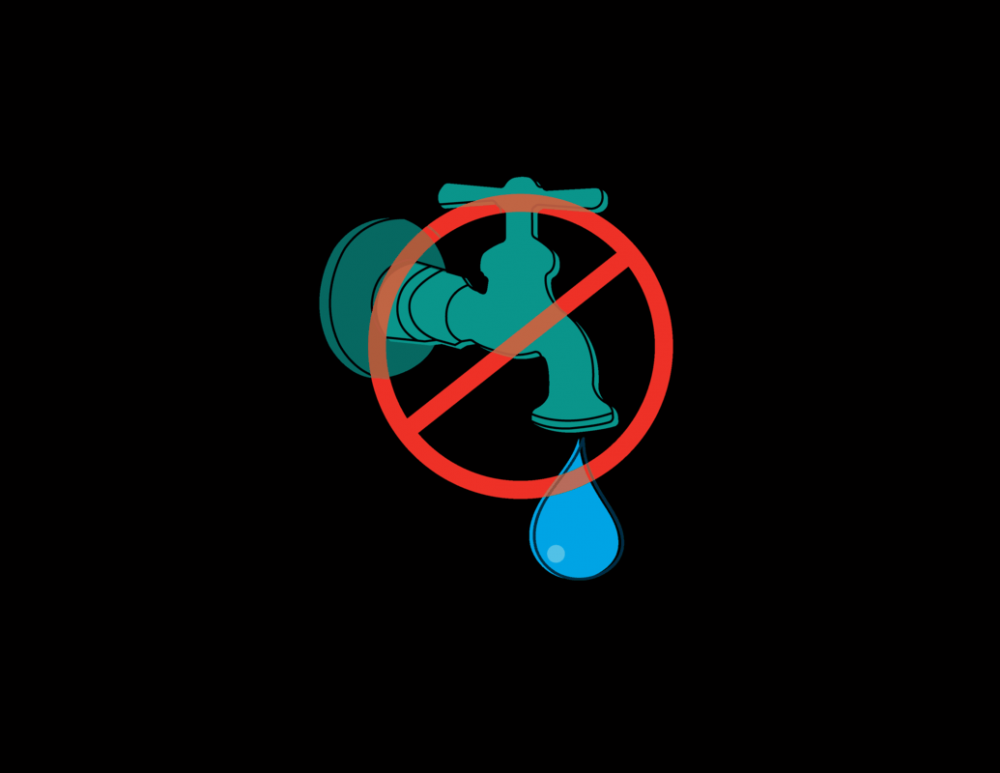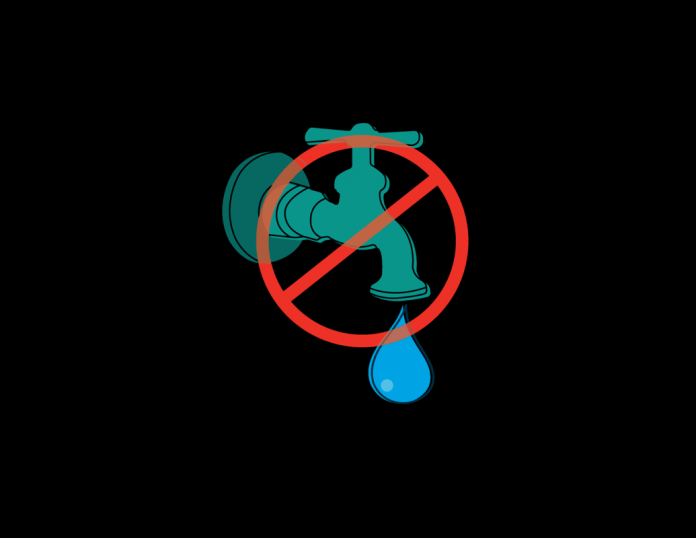Physics and Folly applies real world science to familiar and fantastic situations. Discover the answers no one has heard, to the questions no one asked.

I don’t know if you’ve heard: Cape Town is running out of water. Following a three-year drought and insufficient water restrictions, “Day Zero” — the day when the taps will be shut off across the greater city of nearly four million people — has been scheduled for July 9. A couple of months ago, it was scheduled for April 22, but thanks to renewed efforts on water conservation and a few stopgap measures, the imminent disaster has been momentarily delayed. And even after Day Zero, the people will still have access to fresh water, but only 25 litres per person per day at specified water distribution centres.
It seems odd to me that someone can even schedule a Day Zero. Of course, it’s eventually up to the government to turn off the taps; otherwise the water pressure would slowly decrease to zero as pumping stations fail due to low water conditions, so it does make sense for them to schedule such a day — but even so, it’s unsettling. It reminds me of how little control I have over so many aspects of my life.
But water is one thing we’ll never have to worry about in the Fraser Valley, right? Well, as it turns out you are right, very right. Assuming that we can purify and distribute water from our largest source — the Fraser River — we have access to an incredible amount of water. Cape Town uses about 500 million litres of water per day. Those same 500 million litres of water flow out of the Fraser every two minutes and 21 seconds.
If everyone was using as little water as Cape Town is currently, the Fraser could provide fresh water for an astounding 617 Cape Towns — about 2.5 billion people. Of course, if you use 500 litres per day like the average Fraser Valley citizen, we would only be able to provide 600 million people with water.
So then why don’t we do something like this? Well, as it turns out, most areas near the Fraser Valley are positively burgeoning with water. Also, I think environmental groups would be concerned if we left a muddy basin where the Fraser used to be. Lastly, water is hard to ship around, and it’s really heavy.
There are cheaper options than to spend a bunch of money on energy pumping enormous amounts of water thousands of kilometres away. Most often those cheaper options are desalination plants. Surprisingly, potable water from desalination plants only costs about $1-3 per thousand litres. That’s really not that much, considering how essential water is to not dying; and, to how much I value the ability to flush a toilet.
So, why hasn’t Cape Town invested in desalination? Well, it has; they’re currently constructing four plants, but it is too little, too late. An unresponsive political situation has turned what could have been a tough but solvable issue into an apocalyptic-sounding future, awaiting the inevitable Day Zero.
But there is at least one silver lining — if Day Zero turns out to be as dramatic as it sounds, and a movie is made about it, picking a title will be Zero problem.
Image: Simer Haer/The Cascade


